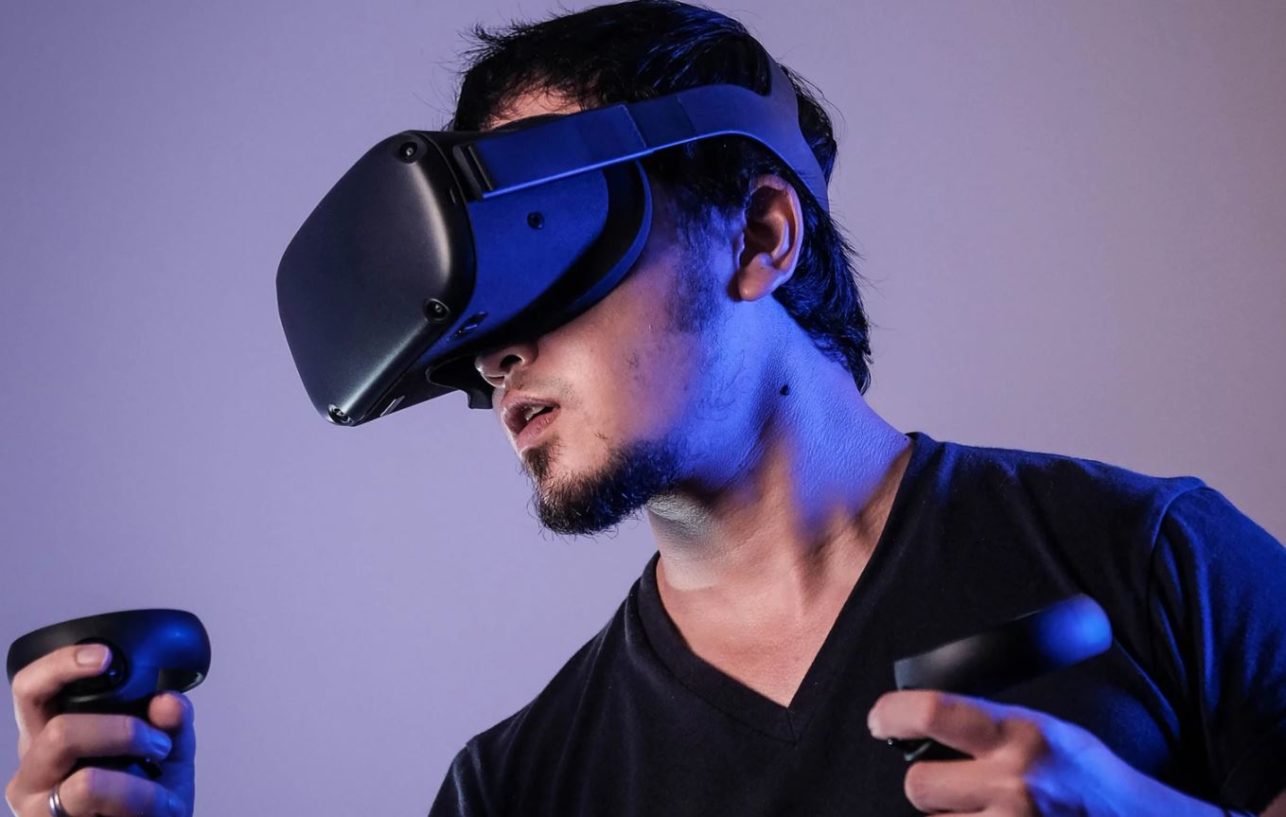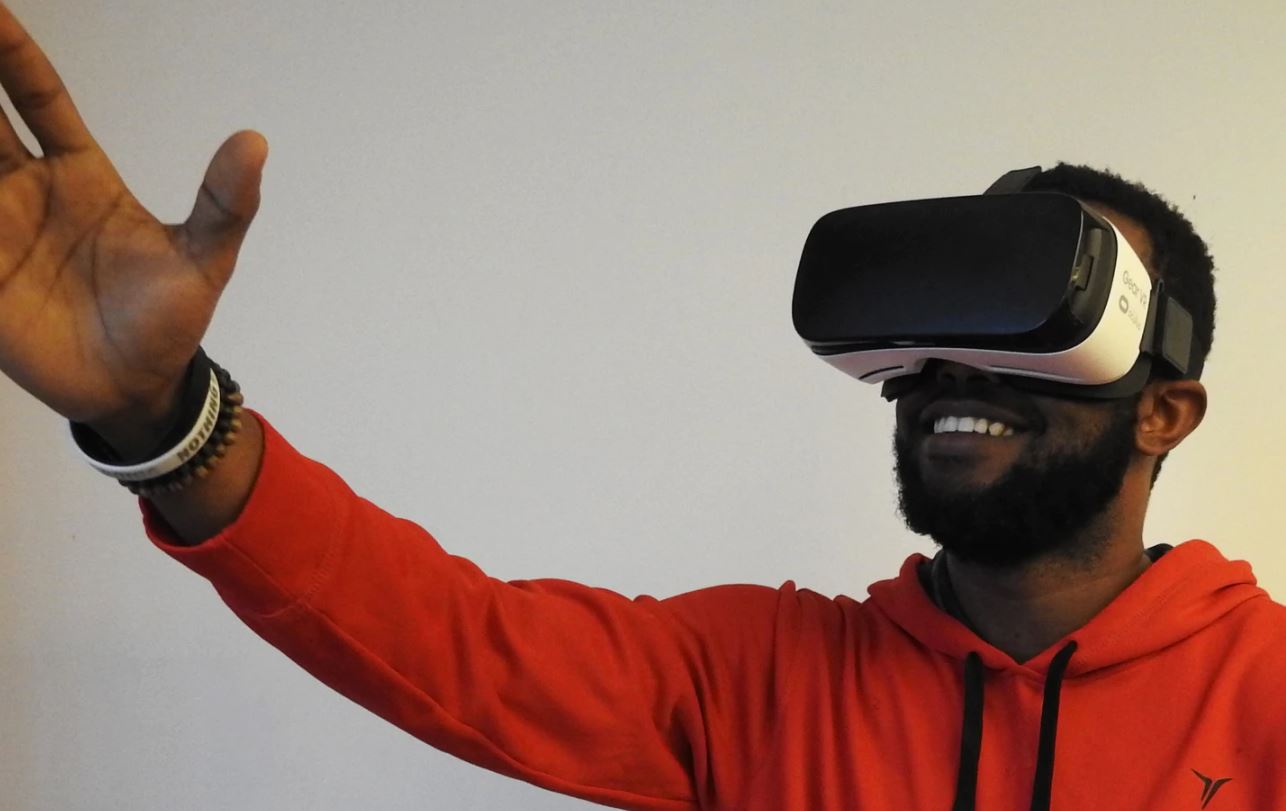
Credit: Unsplash
VR games are cool. Nausea isn’t.
As PCs and game consoles become more capable of steady virtual reality and headsets become more affordable, more and more people are getting on board the VR bandwagon. While I’m not sure it’s the be-all-end-all way of the future of gaming, it’s certainly a fascinating facet of game design, and it’s cool that so many people are getting in on it. Of course, as more people get in on it, we get a better picture of how the human body responds to virtual reality, and as it turns out, some folks don’t handle it as well as others. Nausea, disorientation, headaches, and other such symptoms are semi-common grievances that require a little extra work to deal with.
One of the potential causes of VR sickness is a disconnect between what your eyes see and what your body and brain is feeling. Your eyes see the virtual world, but as far as your other senses are concerned, you’re just in your living room. For your brain, it’s like trying to process two distinct existences at the same time. To lessen that headache, try to match what you see with your other senses. Play some relevant white noise or open your window to sync your ears, or use an oil diffuser to spread a familiar scent.

Credit: Unsplash
A culprit of VR-related motion sickness is an underutilized dynamic depth of field. The dynamic depth of field is a trick VR headsets use to mimic how human eyes work, wherein stuff you’re directly looking at comes into focus, while stuff you aren’t directly looking at becomes blurry. Some headsets don’t have this on by default, which means everything is rendered equally, sending a massive influx of visual stimulus to your brain. By turning on dynamic depth of field, you can lessen that impact by blurring out unimportant stuff.
As you use VR more, your body will gradually get used to it. If you’re having persistent problems, though, do some research into anti-VR sickness software. Some small companies have cooked up ways to make movement in VR feel more natural and less jarring, which can help a lot with motion sickness.
































